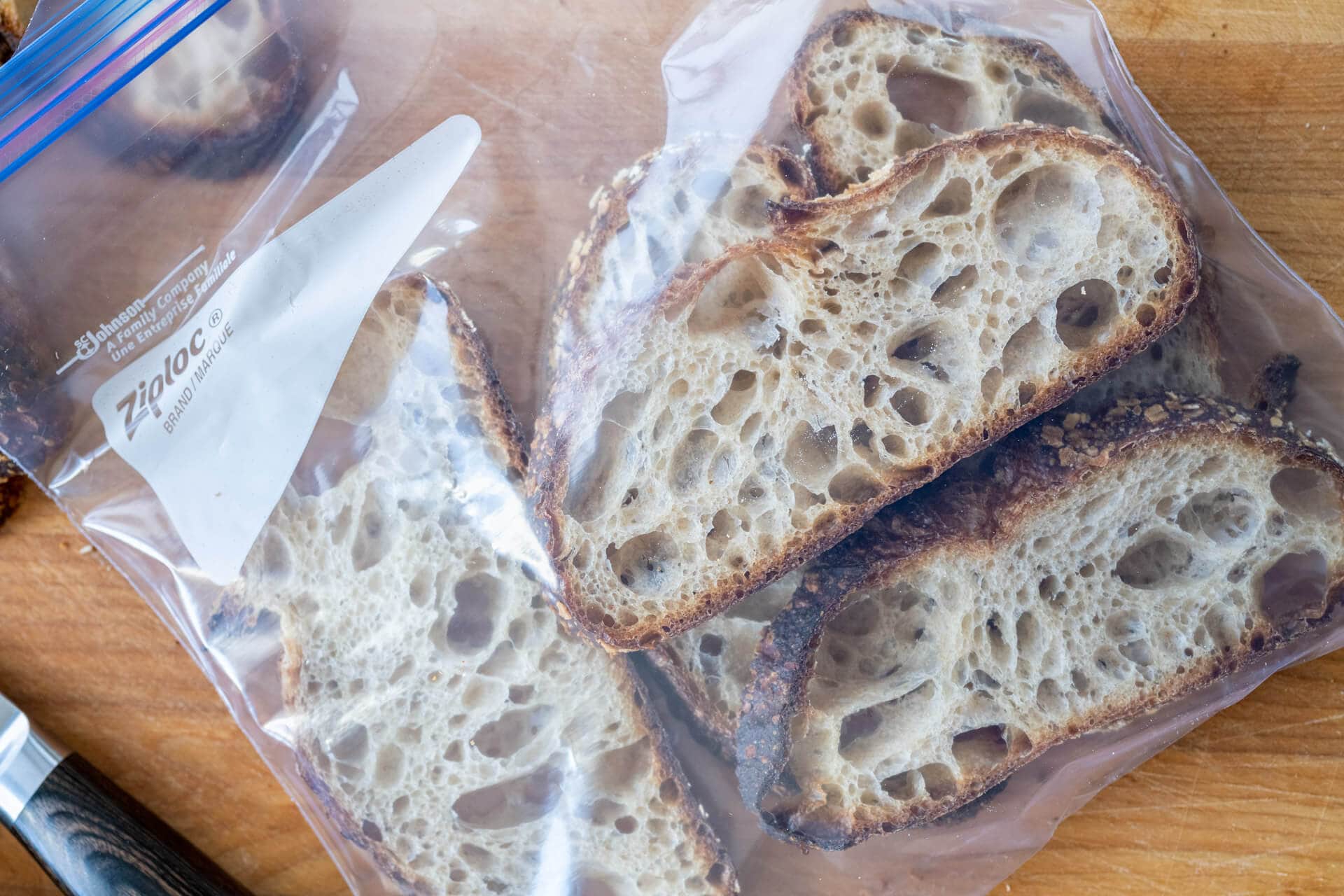

Articles
How To Store Sourdough Bread In The Freezer
Modified: February 23, 2024
Learn the best way to store your homemade sourdough bread in the freezer. Read this informative article for expert tips and tricks.
(Many of the links in this article redirect to a specific reviewed product. Your purchase of these products through affiliate links helps to generate commission for Storables.com, at no extra cost. Learn more)
Introduction
Sourdough bread is a beloved staple for bread enthusiasts and food lovers alike. Its unique flavor, chewy texture, and natural fermentation process make it a favorite choice among bread connoisseurs. However, keeping homemade sourdough bread fresh for an extended period can be quite challenging.
That’s where the freezer comes to the rescue! Freezing sourdough bread is a convenient and practical way to preserve its freshness and enjoy it at any time. Whether you have a surplus of freshly baked loaves or want to ensure you always have a stash of sourdough bread on hand, freezing is an excellent solution.
In this article, we will explore the benefits of storing sourdough bread in the freezer, provide step-by-step instructions on preparing your bread for freezing, offer tips for proper packaging and storage, and guide you on how to thaw and reheat frozen sourdough bread. So, let’s dive in and discover how to extend the shelf life of your beloved homemade sourdough bread!
Key Takeaways:
- Preserve the unique flavor and texture of homemade sourdough bread by freezing it, extending its shelf life and reducing waste. Enjoy the convenience of having delicious sourdough bread readily available whenever you desire.
- Maximize the freezing experience by properly preparing, packaging, and storing sourdough bread. Experiment with different variations and enjoy the satisfaction of having homemade sourdough bread at your fingertips.
Read more: How To Store Sourdough
Benefits of Storing Sourdough Bread in the Freezer
Freezing sourdough bread comes with a range of benefits that make it an ideal method for preserving its quality and flavor. Here are some advantages of storing sourdough bread in the freezer:
- Prolongs shelf life: Sourdough bread has a shorter shelf life compared to commercial bread due to its lack of preservatives. Freezing the bread can significantly extend its freshness and prevent it from becoming stale.
- Convenience: Having sourdough bread readily available in the freezer means you can enjoy it whenever you crave a slice. It saves you time and effort, especially if you don’t have the luxury of baking bread regularly.
- Better texture retention: Freezing slows down the staling process, helping the sourdough bread maintain its chewy texture and moisture content. This ensures that each bite of thawed bread is as delicious as freshly baked.
- Reduces waste: If you find yourself with excess sourdough bread that you won’t consume before it goes bad, freezing allows you to preserve it for later use, reducing unnecessary waste.
- Preserves natural flavor: Sourdough bread boasts a distinct flavor profile that can be easily compromised if not stored properly. Freezing helps retain the bread’s unique taste, ensuring that each slice is as flavorful as the day it was baked.
By taking advantage of these benefits, you can maximize the life of your sourdough bread without compromising its quality and taste. Now that we understand the advantages, let’s delve into the process of preparing sourdough bread for freezing.
Preparing Your Sourdough Bread for Freezing
Before you freeze your sourdough bread, it’s important to prepare it properly to ensure the best possible outcome when thawing and reheating. Here’s what you need to do:
- Cool the bread: Allow your freshly baked sourdough bread to cool completely. This ensures that there is no residual heat or moisture trapped inside the bread, which can cause sogginess during freezing.
- Slice the bread: Slice the sourdough loaf into individual portions or preferred thickness. This will make it easier to thaw and reheat only the amount needed, minimizing wastage.
- Wrap the slices: Individually wrap each slice of sourdough bread with plastic wrap or aluminum foil. This step prevents freezer burn and helps maintain the bread’s moisture and freshness.
- Label and date: To keep track of your frozen bread and ensure proper rotation, label each wrapped slice with the date of freezing. This allows you to consume the oldest slices first.
By following these steps, you’ll be ready to freeze your sourdough bread without any hassle. Next, let’s take a look at the packaging and storage methods to preserve the quality of your frozen bread.
Wrapping and Packaging Sourdough Bread for Freezing
Proper wrapping and packaging are essential to maintain the quality of your sourdough bread while it’s in the freezer. Here’s a step-by-step guide on how to do it:
- Use airtight containers: Investing in airtight containers specifically designed for freezing bread is highly recommended. These containers help maintain the bread’s freshness and prevent any unpleasant odors from seeping in.
- Wrap in plastic wrap or foil: If you don’t have airtight containers, you can use plastic wrap or aluminum foil as alternative options. Wrap the individual slices tightly, ensuring there are no exposed areas.
- Double wrap for extra protection: To provide an additional layer of protection against freezer burn and moisture loss, consider using a double wrap. First, wrap the slice with plastic wrap and then wrap it again with foil.
- Place in a freezer bag: After wrapping the slices, you can further protect them by placing them in freezer bags. Remove as much air as possible from the bags before sealing them tightly.
- Seal and label: If using freezer bags, make sure to seal them properly to prevent any air or moisture from getting in. Label each bag with the date of freezing for easy reference when thawing.
Remember, the key is to protect your sourdough bread from exposure to air and moisture, as these can deteriorate its quality. Following these wrapping and packaging guidelines will help ensure that your frozen bread stays fresh and delicious. Now that your sourdough bread is properly packaged, let’s move on to the next step: storing it in the freezer.
To store sourdough bread in the freezer, wrap it tightly in plastic wrap or aluminum foil to prevent freezer burn. Place it in a resealable plastic bag for extra protection. Thaw at room temperature when ready to eat.
Storing Sourdough Bread in the Freezer
Now that you have properly prepared and wrapped your sourdough bread, it’s time to store it in the freezer. Here are some tips for storing your bread effectively:
- Organize and arrange: Find a suitable spot in your freezer to store your sourdough bread slices. Arrange them in a single layer if possible, ensuring that they are not overcrowded. This allows for better air circulation and prevents them from getting squished or damaged.
- Avoid temperature fluctuations: Keep your freezer at a consistent temperature to prevent any thawing and refreezing that can affect the quality of the bread. Fluctuating temperatures can lead to freezer burn and affect the texture and taste of the bread.
- Separate slices: If you have multiple slices stacked together, consider placing a piece of parchment paper or wax paper between them to prevent sticking. This makes it easier to retrieve individual slices when needed.
- Don’t overstock: While freezing sourdough bread is a great way to preserve it, try not to keep it in the freezer for an extended period. Aim to consume it within a few months to ensure optimal flavor and texture.
Following these guidelines will help you store your sourdough bread effectively and ensure its quality remains intact. Now that we have covered freezing and storage, let’s move on to the thawing and reheating process.
Read more: How To Store A Loaf Of Sourdough
Thawing and Reheating Sourdough Bread from the Freezer
When you’re ready to enjoy your frozen sourdough bread, it’s important to thaw and reheat it properly to maintain its delicious taste and texture. Follow these steps to ensure the best results:
- Remove from the freezer: Take the desired number of sourdough bread slices out of the freezer. If the slices are individually wrapped, remove them from their packaging.
- Thaw at room temperature: Place the frozen slices on a plate or a wire rack and allow them to thaw at room temperature. This usually takes about 1-2 hours, depending on the thickness of the slices.
- Reheat if desired: If you prefer warm and crispy sourdough bread, you can reheat it after thawing. Preheat your oven to 350°F (175°C) and place the thawed slices on a baking sheet. Heat them for 5-7 minutes until they are warmed through and slightly crispy.
It’s important to note that reheating is optional and can affect the texture of the bread. Some people prefer to enjoy their sourdough bread at room temperature without reheating.
Once your sourdough bread is thawed and reheated (if desired), it’s ready to be enjoyed! Whether you’re making toast, sandwiches, or enjoying it plain, the delicious flavor and texture of your homemade sourdough bread will be a delight.
Before we conclude, here are some additional tips and recommendations for freezing sourdough bread.
Tips and Recommendations for Freezing Sourdough Bread
Freezing sourdough bread can be a game-changer when it comes to preserving its freshness and enjoying it at your convenience. Here are some additional tips and recommendations to enhance your freezing experience:
- Freeze pre-sliced bread: Slicing your sourdough bread before freezing allows you to thaw and reheat only the amount you need, reducing waste and ensuring that the remaining slices stay fresh.
- Use quality storage materials: Invest in high-quality plastic wrap, aluminum foil, or airtight containers specifically designed for freezing bread. This helps prevent freezer burn and maintains the bread’s quality.
- Label and date your bread: Properly labeling and dating your frozen sourdough bread slices ensures that you know how long they have been in the freezer. Consume the older slices first to avoid waste.
- Consider freezing bread dough: If you prefer freshly baked sourdough bread, you can freeze the dough instead. Shape the dough into individual portions, wrap them tightly, and freeze. When ready to bake, thaw the dough in the refrigerator overnight and let it come to room temperature before baking.
- Bulk freeze and portion later: If you often find yourself in need of small portions of sourdough bread, consider bulk freezing the whole loaf and slicing it after thawing. This allows you to have freshly sliced bread whenever you want.
- Experiment with freezing different sourdough variations: Don’t be afraid to experiment with freezing different sourdough bread variations like seeded loaves, whole wheat, or flavored bread. Freezing can help you maintain a variety of options in your freezer.
By following these tips, you can optimize the freezing experience and ensure that your sourdough bread stays fresh and delicious for an extended period. Now, it’s time to wrap up our article!
Conclusion
Freezing sourdough bread is an excellent way to extend its shelf life and enjoy fresh and delicious slices whenever you desire. With the right preparation, packaging, and storage techniques, you can preserve the unique flavor and texture of your homemade sourdough bread.
By taking advantage of the benefits of freezing and following the proper steps, you can maintain the quality of your bread and reduce waste. Whether you have an abundance of freshly baked loaves or want to ensure a constant supply of sourdough bread on hand, the freezer is your ally.
Remember to cool the bread, slice it, wrap it properly, and label it with the freezing date. Use airtight containers, plastic wrap, or foil to protect the bread from air and moisture. When it’s time to enjoy your frozen sourdough bread, thaw it at room temperature and optionally reheat it for a warm and crispy result.
Keep in mind the importance of organization and avoiding temperature fluctuations in the freezer to maintain the bread’s quality. Don’t overstock and consume the frozen bread within a few months for optimal taste and texture.
With the tips and recommendations provided, you can make the most out of freezing sourdough bread, whether it’s pre-sliced loaves or dough ready to be baked. Experiment with different variations and enjoy the convenience and satisfaction of having homemade sourdough bread available whenever you desire.
So go ahead, indulge in the goodness of sourdough bread even when it’s not freshly baked. Start freezing and enjoy the delectable flavor and chewy texture of your beloved sourdough bread anytime you want!
Happy freezing and enjoy your delicious sourdough creations!
Frequently Asked Questions about How To Store Sourdough Bread In The Freezer
Was this page helpful?
At Storables.com, we guarantee accurate and reliable information. Our content, validated by Expert Board Contributors, is crafted following stringent Editorial Policies. We're committed to providing you with well-researched, expert-backed insights for all your informational needs.
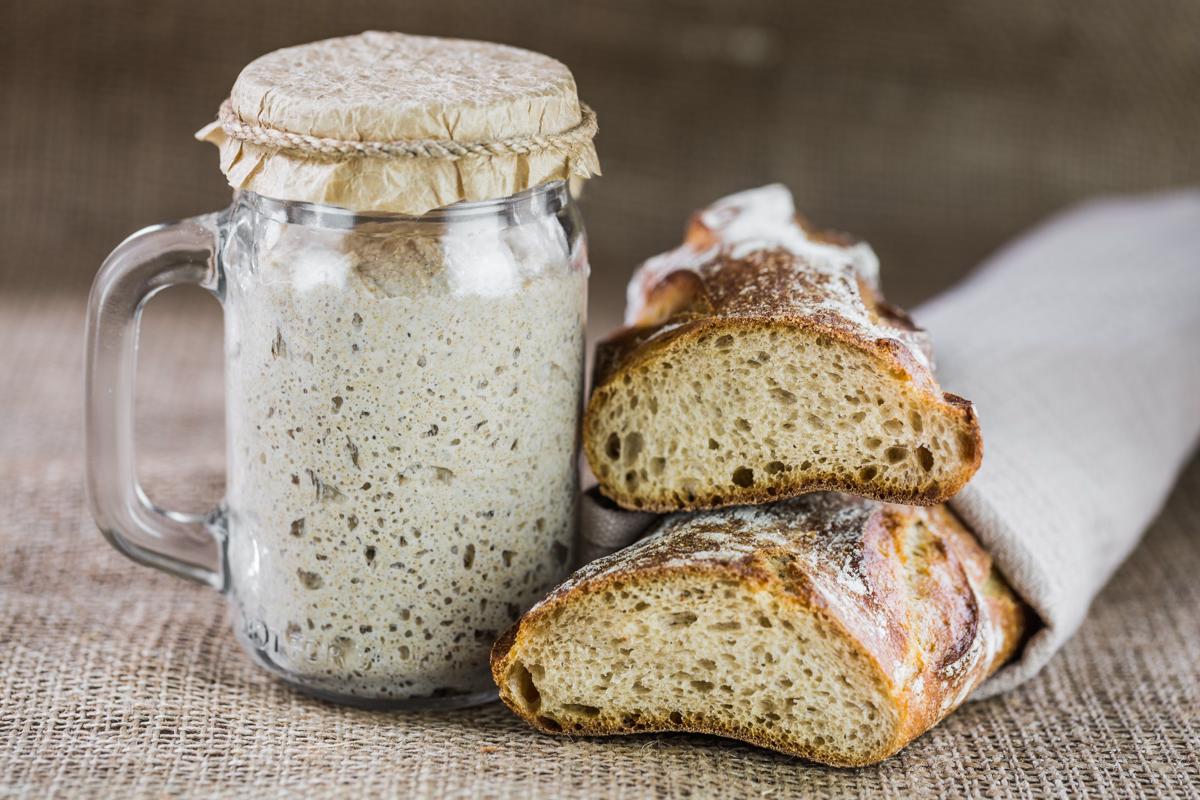
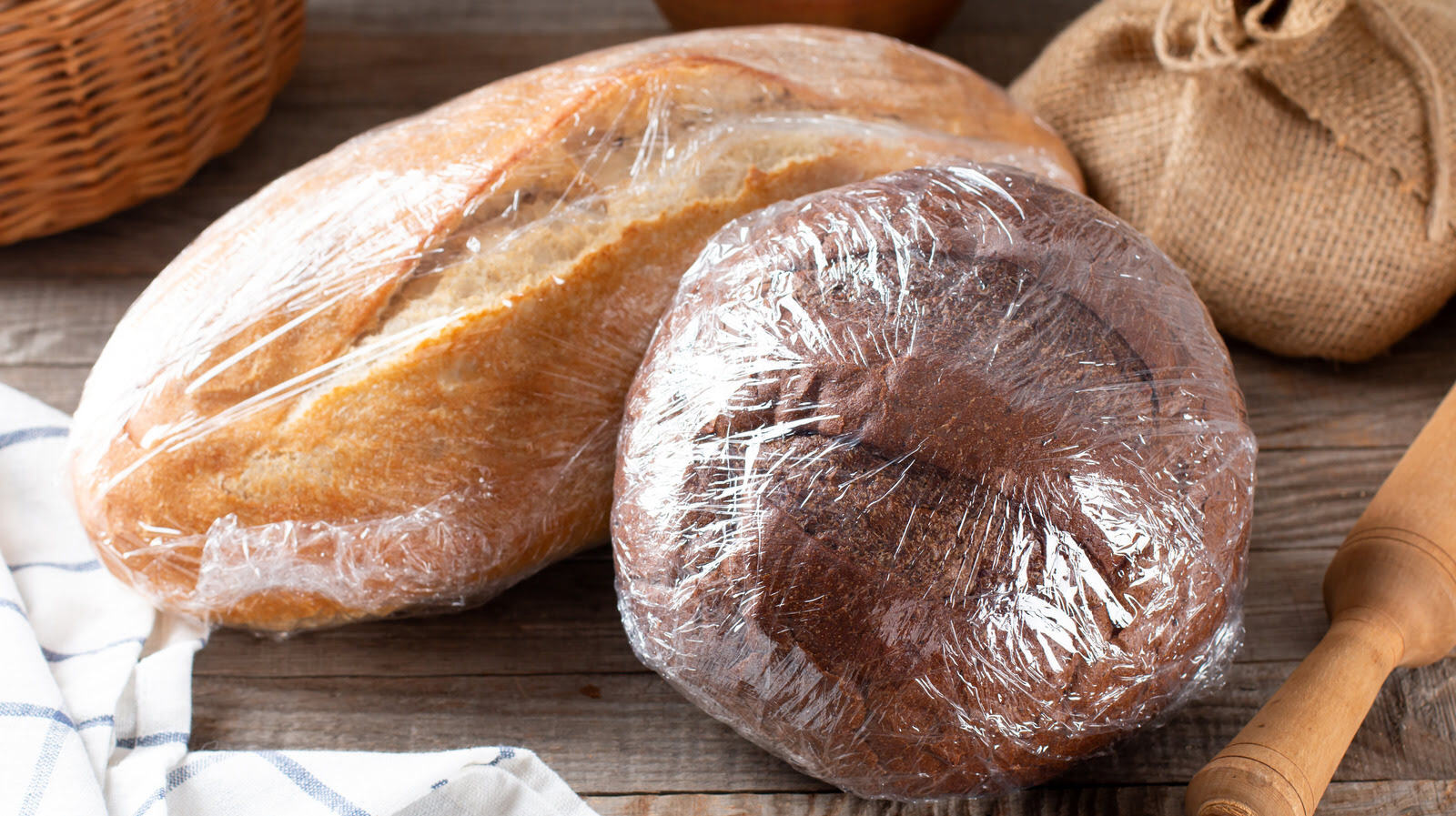
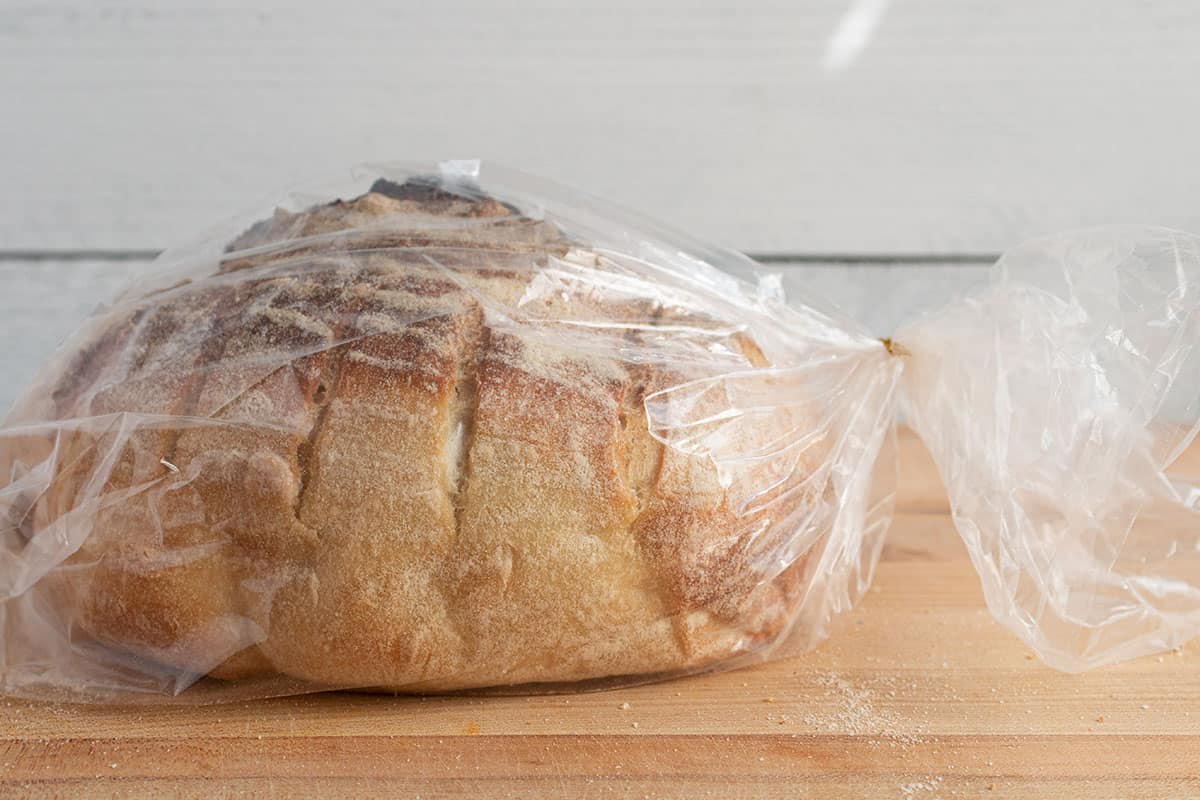
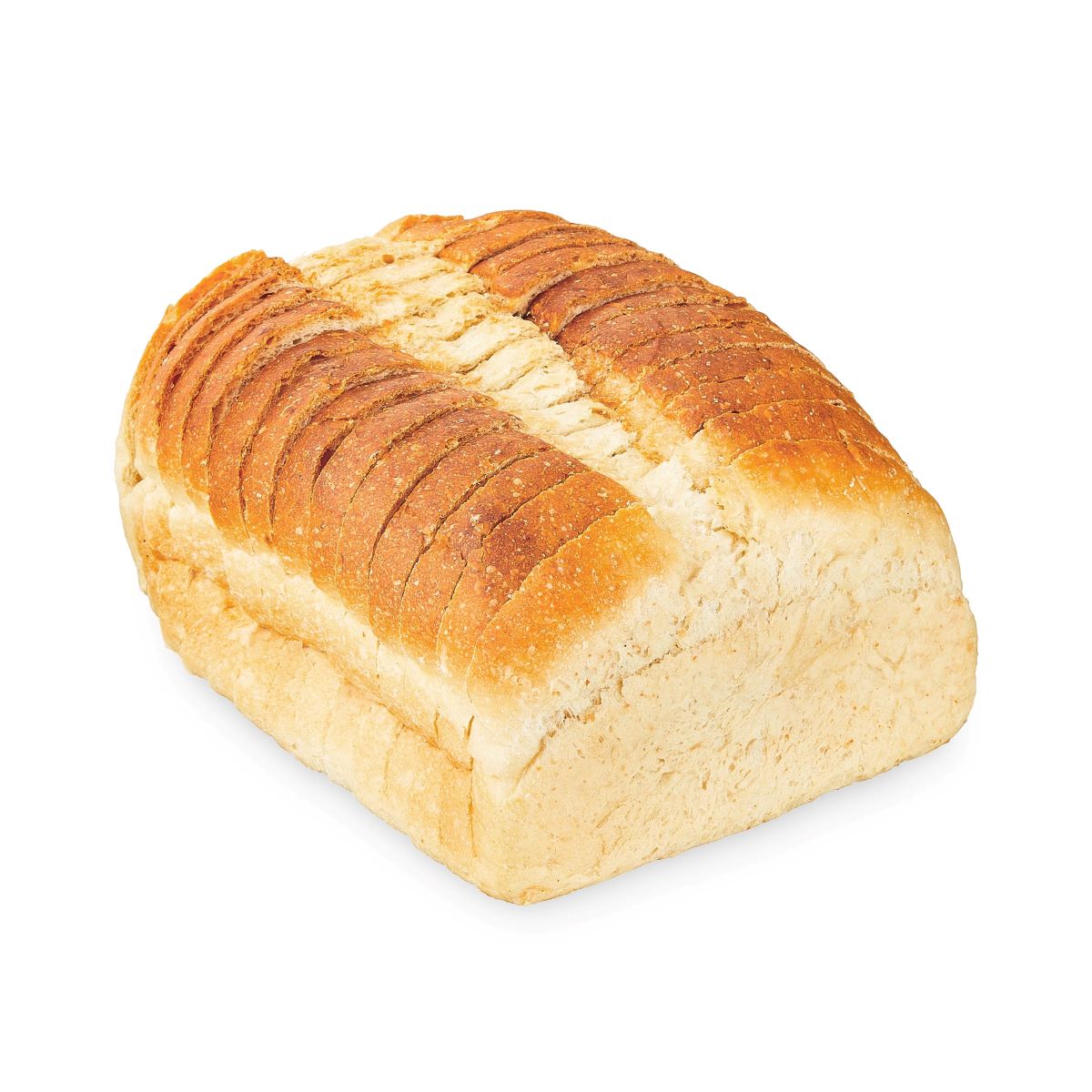
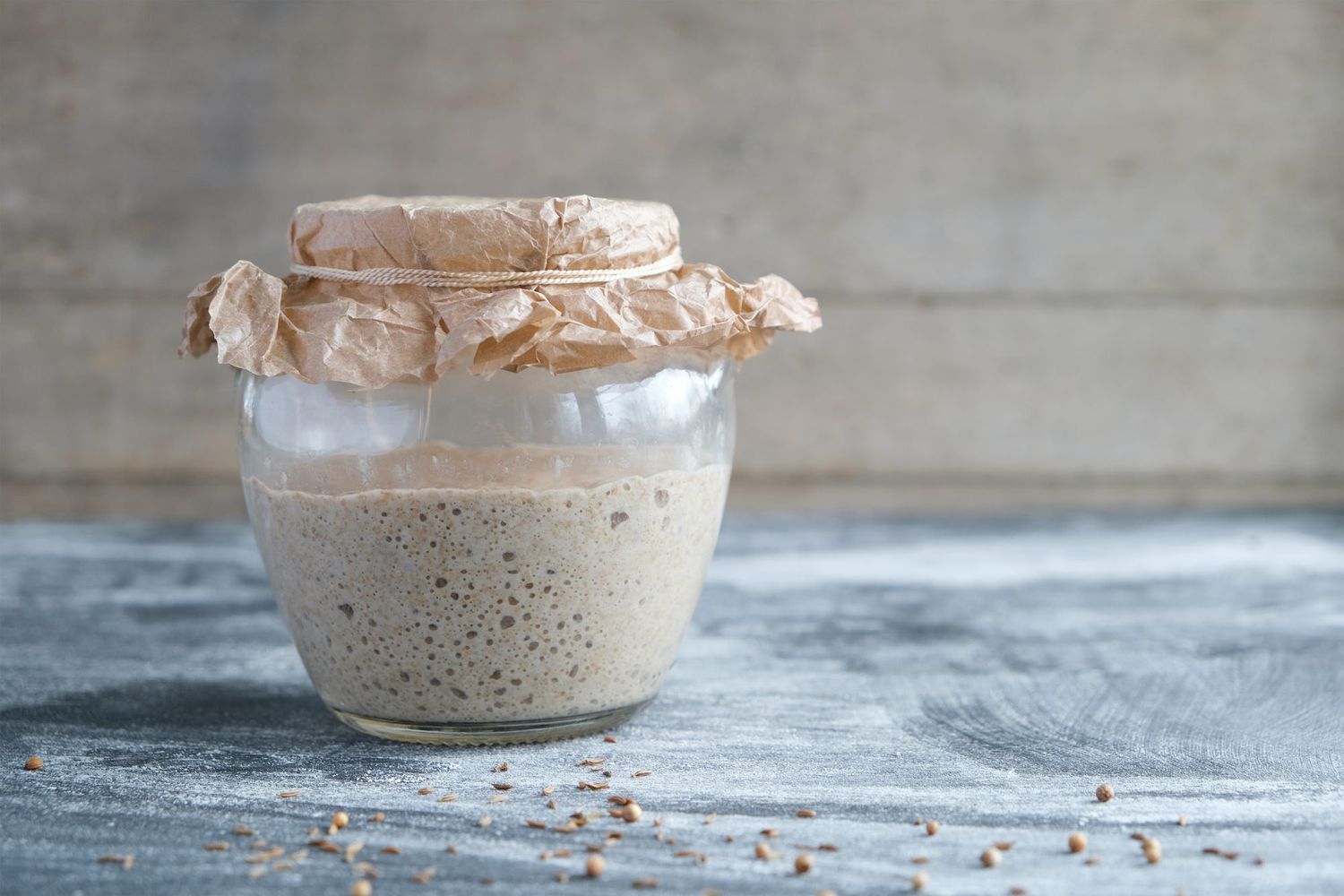
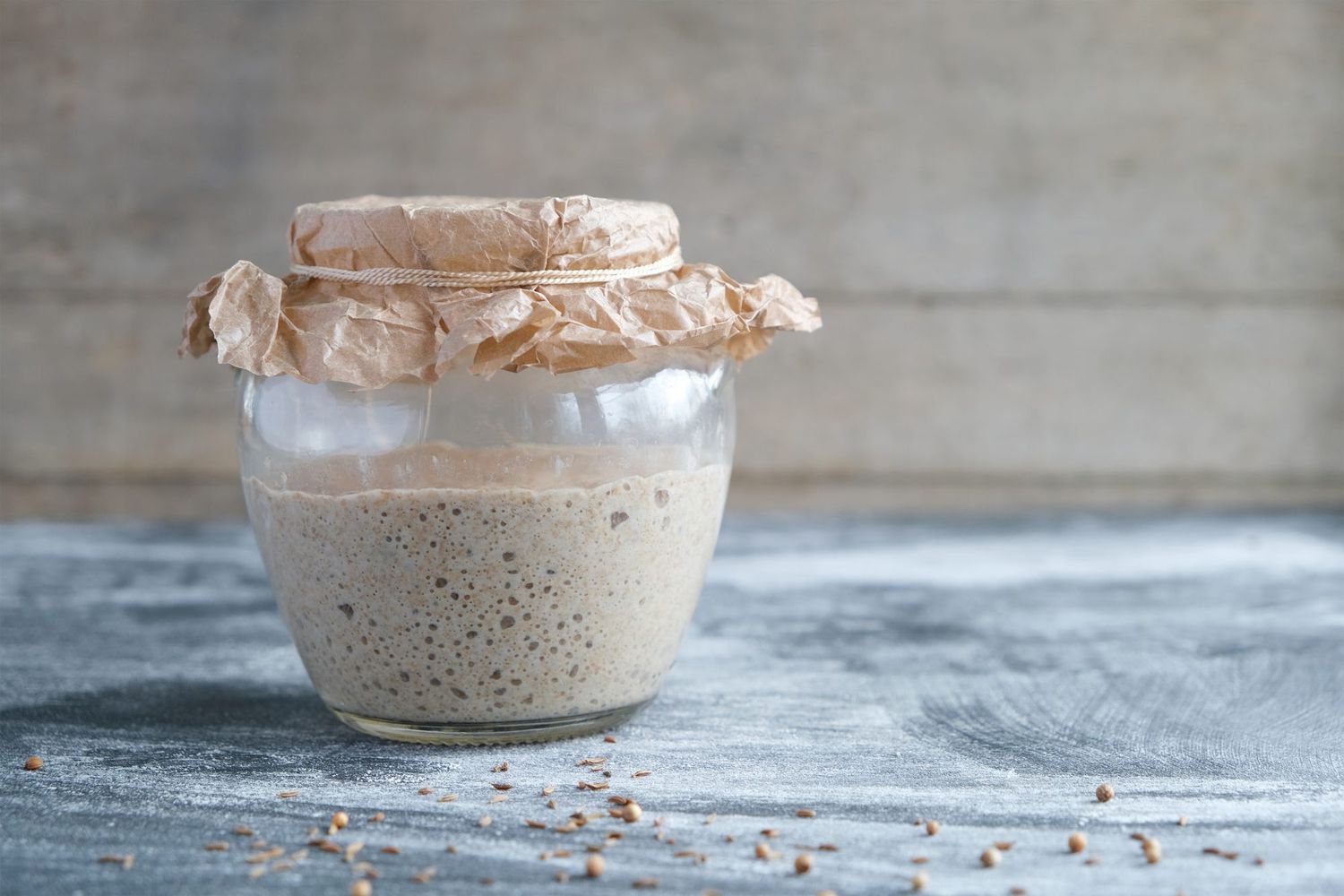


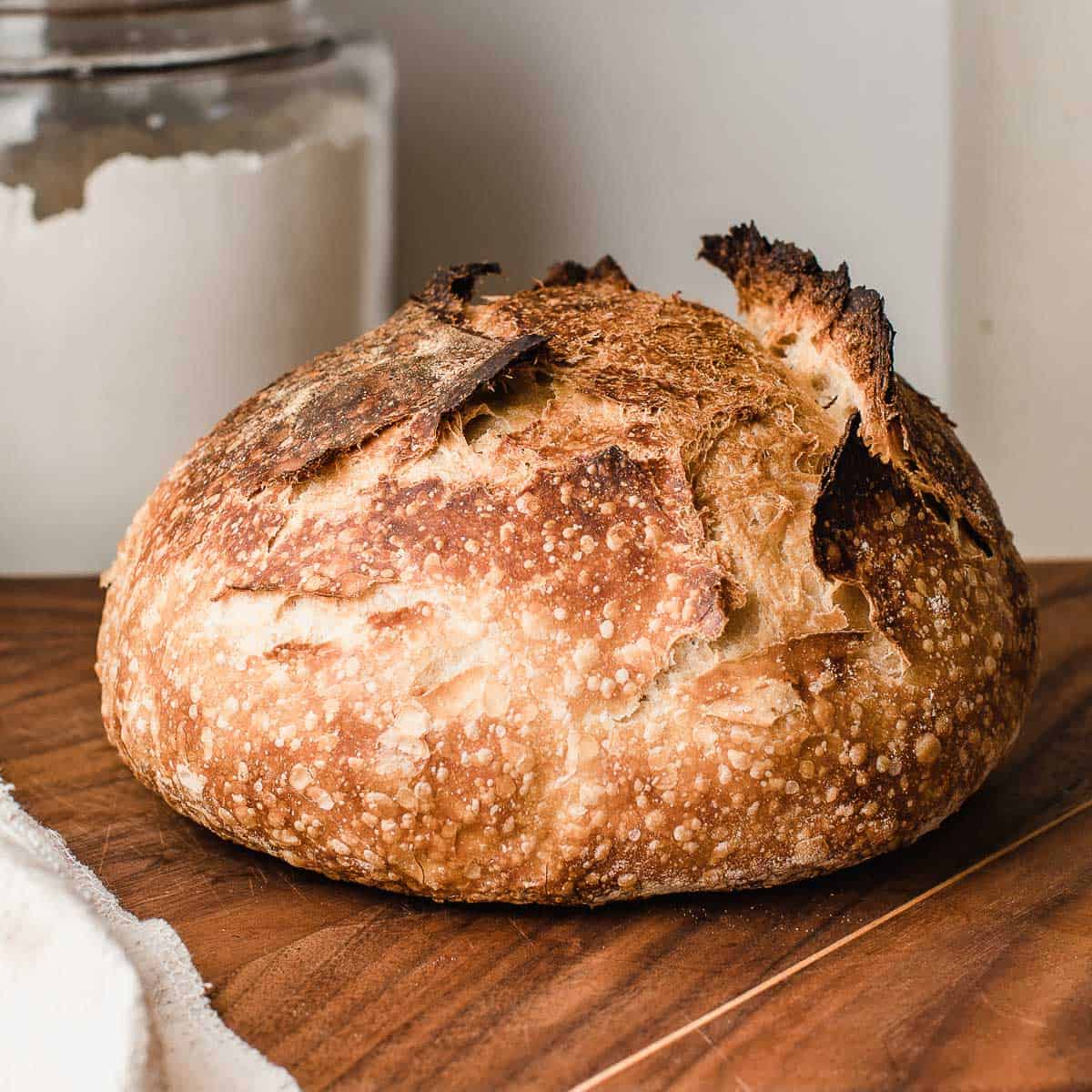
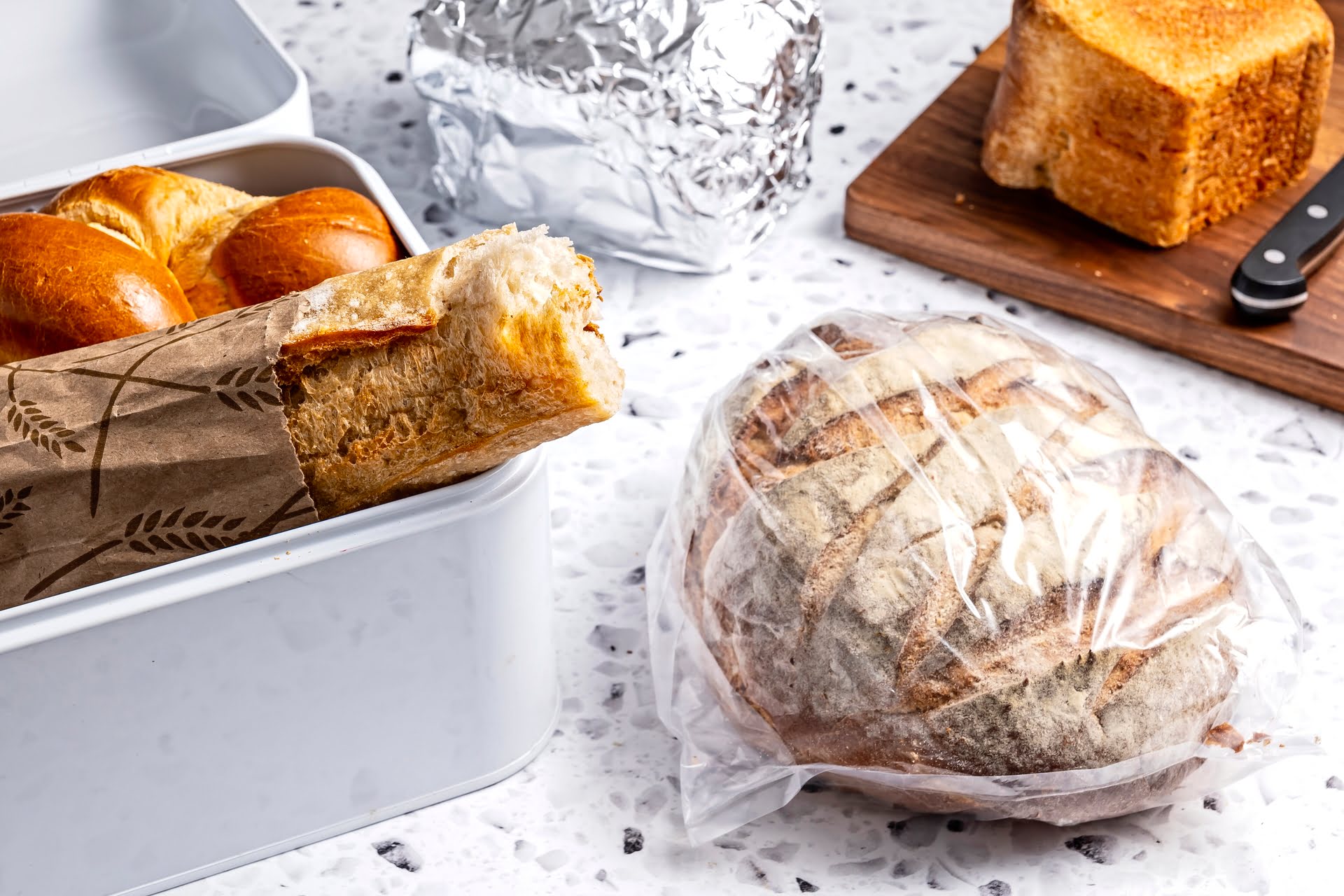
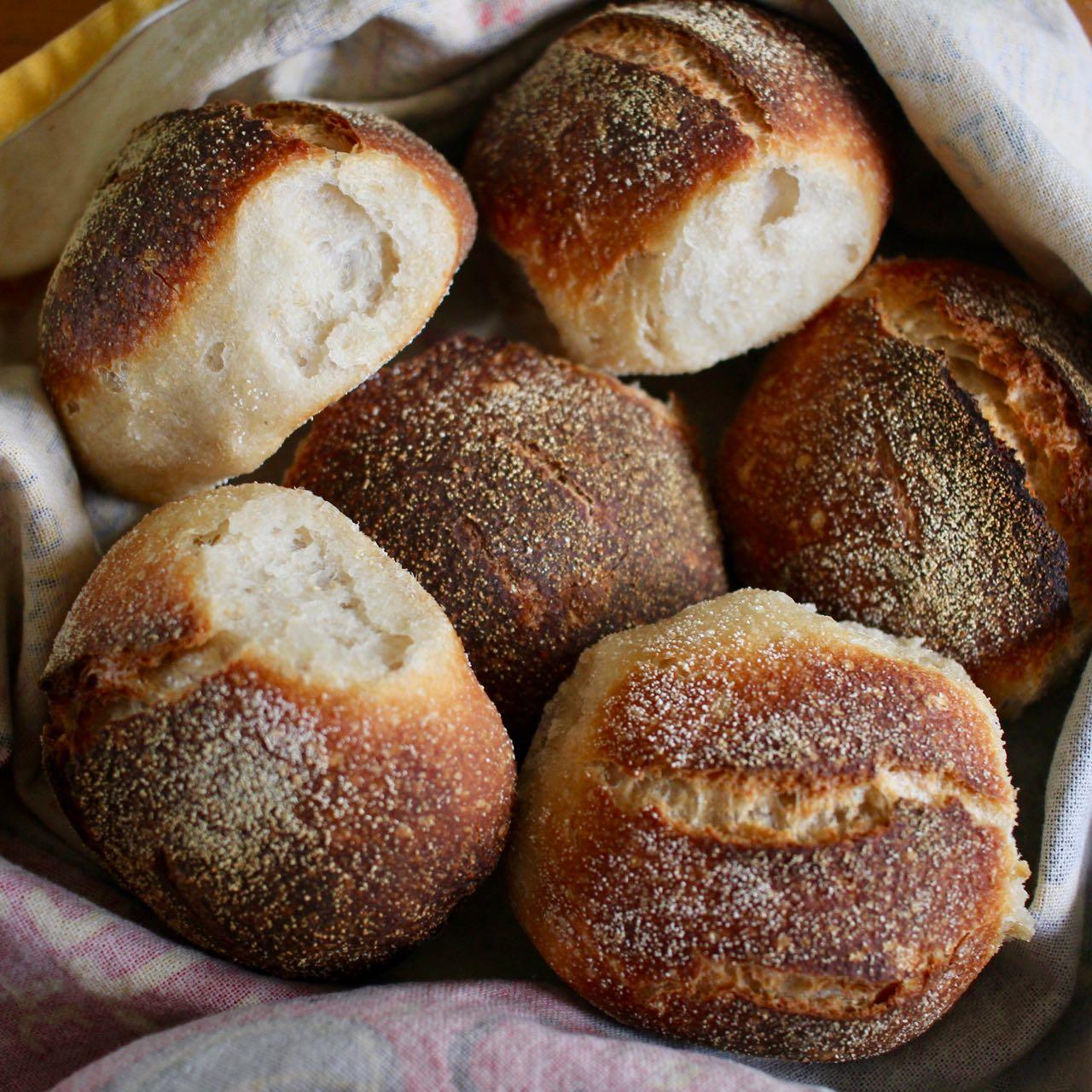

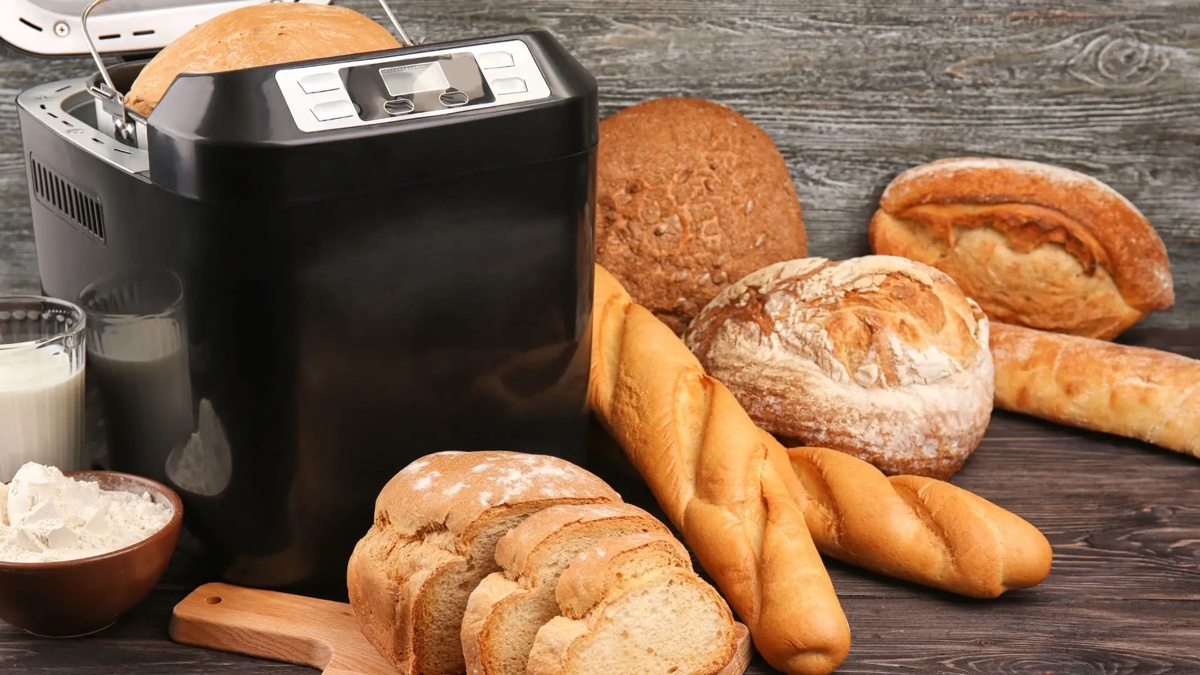
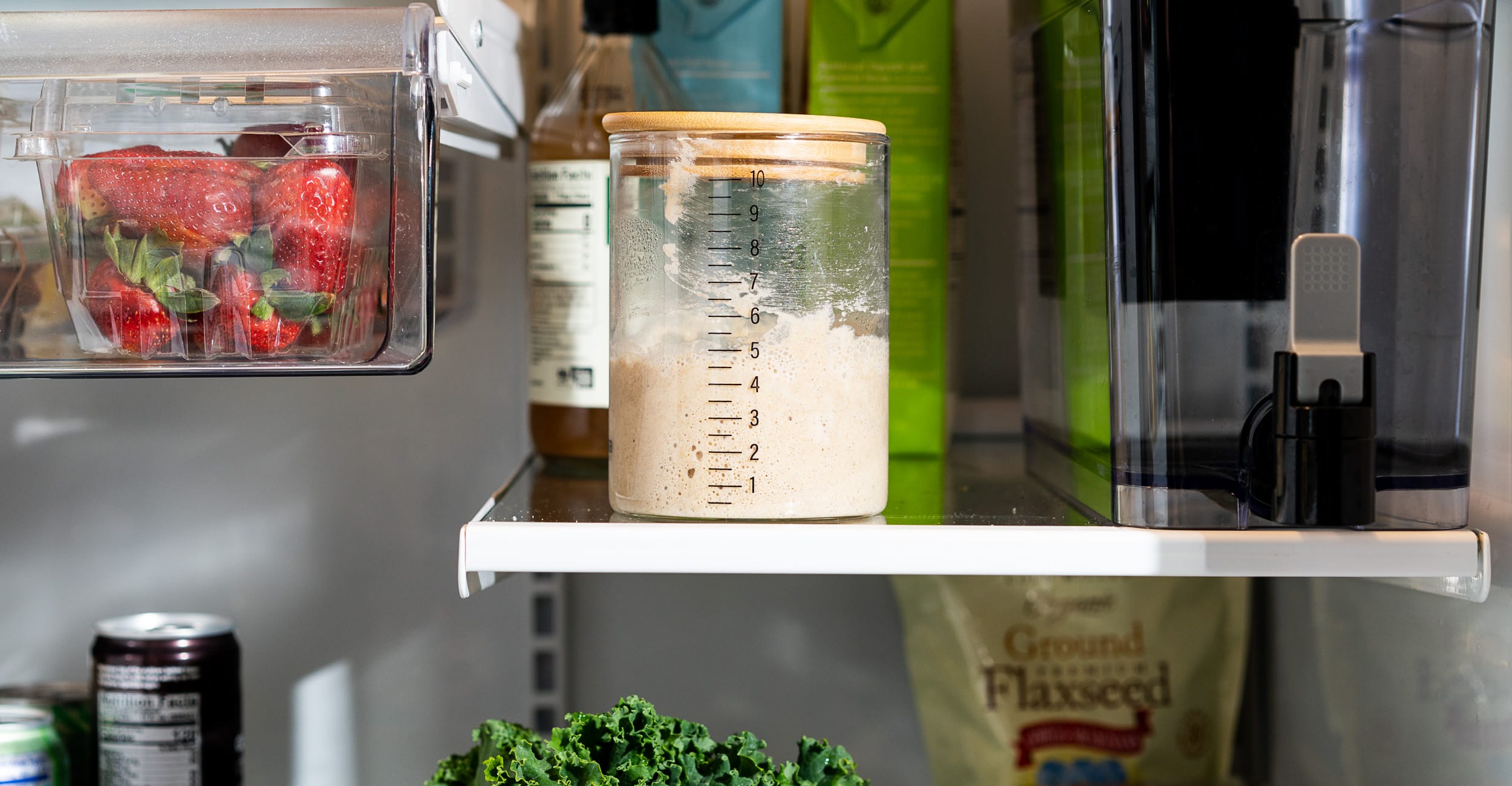

0 thoughts on “How To Store Sourdough Bread In The Freezer”